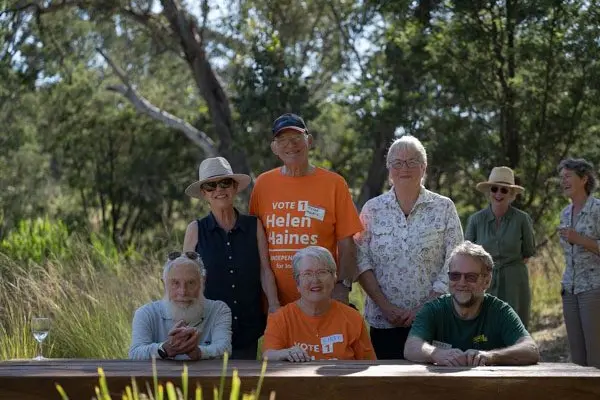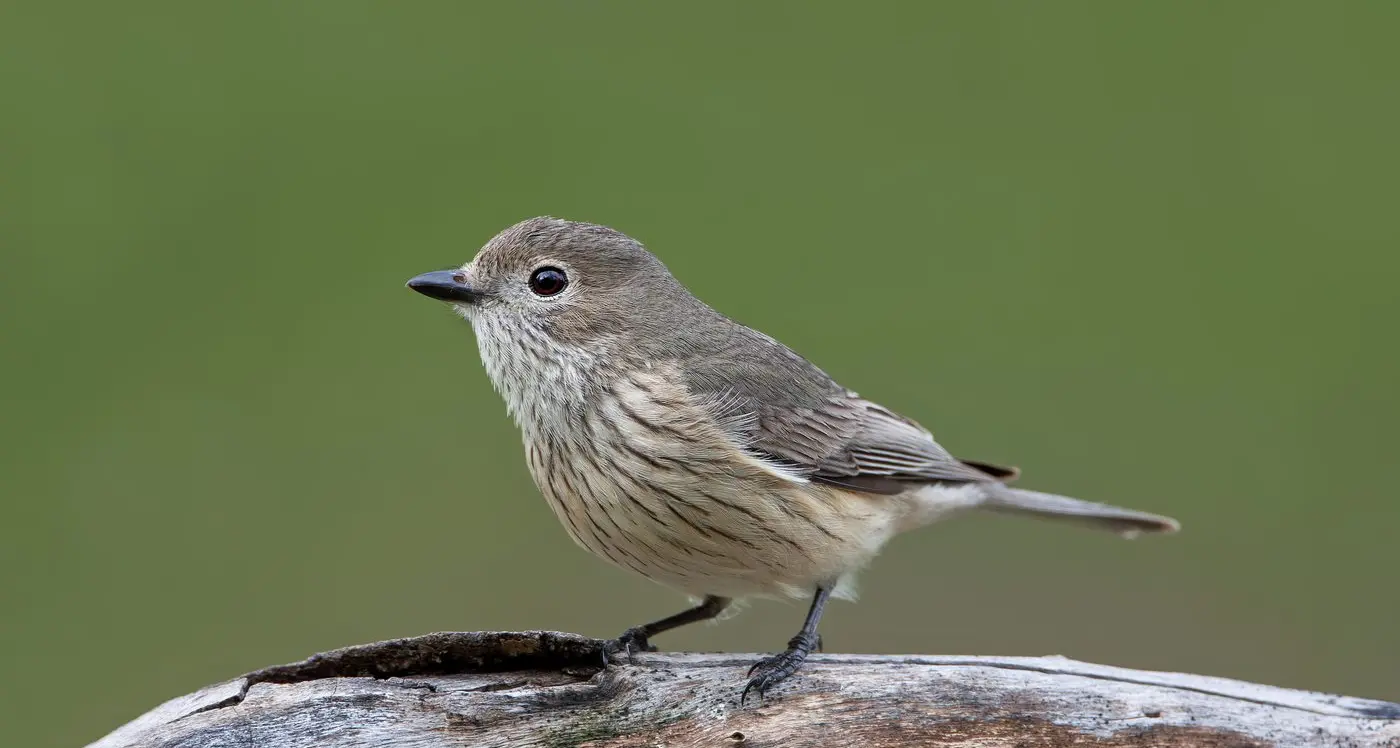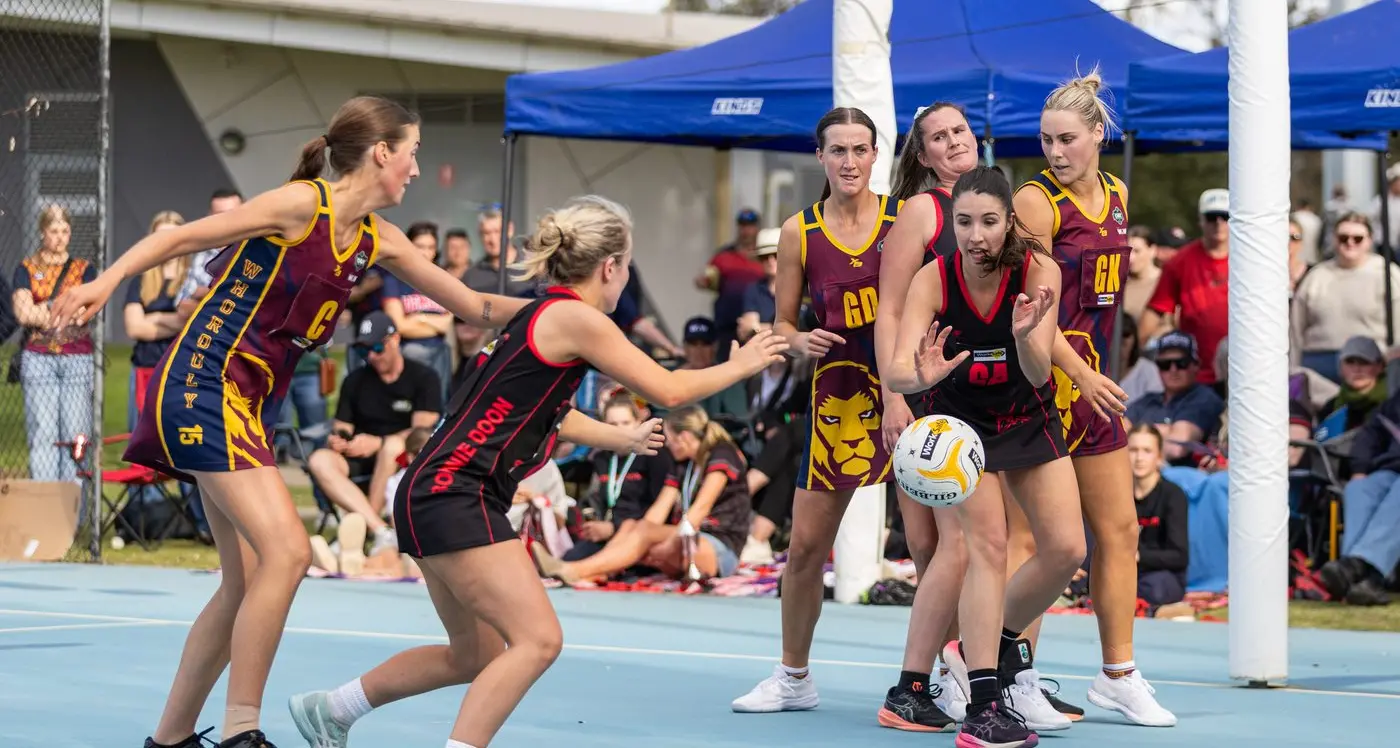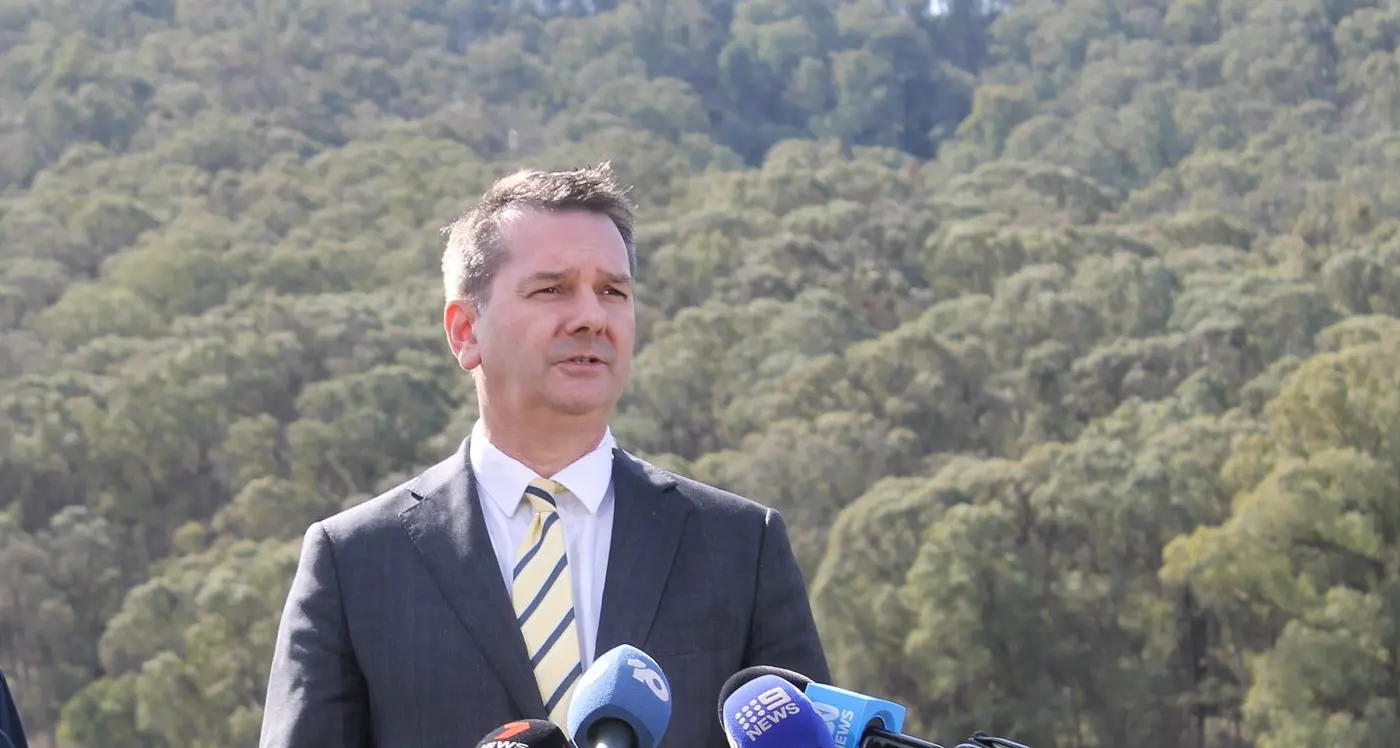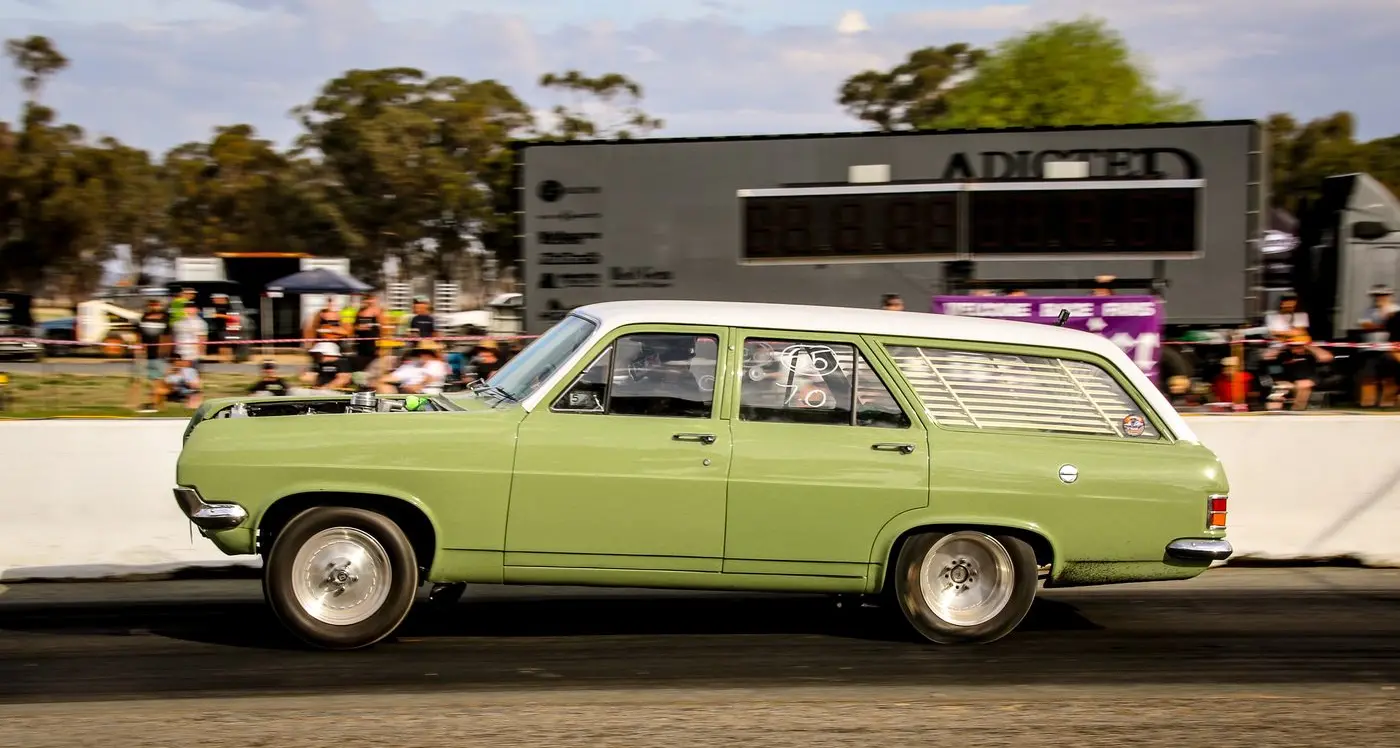PHOTO
LOCALS and visitors alike are set to enjoy a regenerated reserve area in Wooragee previously riddled with blackberries and weed infestation.
A celebration of the site at Warden Lane took place last Thursday with Independent Member for Indi Helen Haines invited to see its transformation, as well as providing a showcase to people who may not have visited the area before.
Since 2005 Wooragee Landcare volunteers have spent hundreds of hours spraying, removing fences, willows and poplars at the licenced site adjoining Reedy Creek.
A 2019 Communities Environment Program grant via Dr Haines’ office helped turn the public land into an educational space.
Wooragee Landcare president Sue Brunskill said the grant covered plant purchases, signage about Indigenous use of plants, 30 nest boxes along Reedy Creek and a nest box interpretation sign located at the Wooragee Hall.
“Designing of signs – Indigenous use of native plants, and nest boxes – took many hours researching and liaising with Indigenous representatives,” she said.
“Beechworth Men's Shed made the nest boxes and helped put them up and there is a photo included on the sign to encourage people to put up the boxes.
“This can greatly help birds and mammals as there is a shortage of hollows in many places.”
Members of the group made a sturdy picnic table and seats from a fallen tree on a local property using a portable Lucas timber saw mill.
“The Wooragee Landcare group holds monthly working bees to care for this land, and the area is now a lovely picnic area where people can sit by the creek, learn about local vegetation, and observe many birds such as Kingfishers and Blue Wrens,” Ms Brunskill said.
“They can hear the lovely reed warbler and a rakali (gorgeous native water rat) has been seen there too.
“The reed warblers always seem to be calling, and the frogs are breeding in the frog pond.”
Ms Brunskill said among native plants are butterfly attracting Lomandras, native grasses such as Kangaroo and Tussock – great habitat for small animals and lizards, as well as butterflies, and River Bottlebrush ‘Callistemon sieberi’.
Another is Silver Banksia or Honeysuckle – a widespread plant in the area - but not as common as it used to be and an important habitat for insects, honeyeaters and nectar eating mammals like gliders
“First Nations people used it for nectar, medicine and ceremony,” Ms Brunskill said.
“We have also planted some smaller shrubs like correas, Mountain Mirbelia and small plants like daisies with many of these plants suitable for attracting birds to gardens."
Dr Haines said landcare is one of Australia's great success stories.
“This project epitomises what happens when committed local people come together and apply science, hard work and loads of enthusiasm into regenerating the landscape,“ she said.
“They have created a beautiful local wayside stopping point with a restored ecology brimming with frogs, birds and insects.
“I thoroughly enjoyed visiting, meeting the members, reading the story board and walking the site.
“Congratulations to Wooragee Landcare.”

